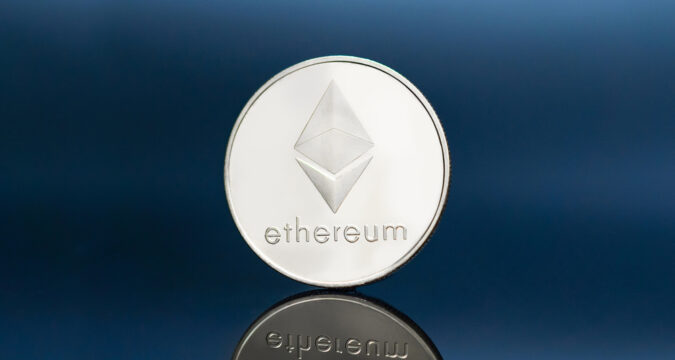
What is Ethereum?
Ethereum is a blockchain network that issues ETH coins. Ethereum is a distributed ledger technology like Bitcoin but it has also integrated support for smart contracts. Smart contracts are automation protocol that carries out a given function when specified conditions are completed. Ethereum was introduced in 2015.
When Ethereum was first introduced it was a Proof-of-Work blockchain. However, following completion of three updates namely Gray Glacier, Bellatrix, and Paris the network transitioned into a PoS or Proof-of-Stake network.
All Ethereum Updates
Ethereum blockchain has continued to add upgrades to the network to add more functionality, address security issues, or increase efficiency. Since its inception, the blockchain network has added the following upgrades to the platform:
- DAO fork took place as a response to 2016 DAO attack on Ethereum blockchain that led the network to be split into two networks namely ETH and ETC.
- Tangerine whistle and Spurious Dragon fork happened in 2016 in response to denial of service or DOS attack.
- Byzantium form happened in 2017 and reduced mining rewards from 5 to 3 ETH. It also delayed mining difficulty for a year.
- Constantinople fork decreased mining rewards from 3 to 3 ETH coins in 2019. Laid foundation for PoS transition and optimized gas processing for EVM actions.
- Istanbul upgrade increased security against DoS attacks and improved layer-2 scaling based on SNARKs and STARKs.
- Muir Glacier update was implemented in 2020 to delay difficulty bomb for the PoW blockchain.
- Staking deposit contract deployment introduced staking option for Ethereum blockchain in 2020.
- Beacon Chain Genesis allowed secure shipping of 16384 deposits of 32 staked ETH.
- Berlin upgrade optimized the network for gas fees for specified EVM actions and added suport for different types of transactions. The update was implemented in 2021 at 12,244,000 block height.
- London upgrade enabled the EIP-1559 proposal and added provisions for gas fee refunds. The 2021 upgrade also listed Ice Age schedule.
- Altair upgrade was added to the Beacon Chain to add support for sync committees, open light clients, increment validator activity, and remove penalties to pave the way for The Merge.
- Arrow Glacier delayed the difficulty bomb for several years in 2021.
- Gray Glacier was added in 2022 and it further delayed the difficult bomb by three months.
- Bellatrix is the second upgrade on the Beacon Chain to prepare the network for The Merge event. It increased penalties for validator to full value for the duration of inactivity and slashed offense.
- Paris upgrade was added to the network in 2022 and it was the first upgrade in the series of The Merge updates. It switched off the PoW mining algorithm and enabled the PoS in its stead.
- Capella upgrade was the third major upgrade for Beacon Chain and it enabled staking withdrawals. It took place in synchronous fashion with Shanghai upgrade.
- Shanghai update also took place in 2023 to bring staking withdrawals on execution layer and included EIP-4895.
Roadmap for Ethereum Blockchain
The next upgrade that Ethereum developers are working on is called Danksharding. The aim of this upgrade is to introduce horizontal database scaling. In this manner, the data from Layer-2 rollups will be distributed. In contrast to simple sharding, Danksharding will divide data sampling among blobs to increase scalability.
At the same time, it will reduce storage costs and allow more nodes to become validators. Overall, Danksharding will add more decentralization and increased security to Ethereum network. Proto-Danksharding or EIP-4844 is the first stage in completing the objectives of Danksharding upgrade.
This upgrade will expand transaction volume by increasing the block size to 2 MB. As a result, gas fee for investors will reduce and network efficiency will increase. This update also increases temporary data blobs for connecting blocks. Such blobs contain inaccessible data that is sent to EVM to enable automatic deletion within 1-3 months.
Therefore, this upgrade will decrease the cost of rollups and allow users to make cost-effective transactions on the blockchain. Full Danksharding is the final evolution of rollup scaling that will increase blobs from 1 to 64.
Conclusion
The next phase of the Ethereum blockchain upgrade is projected to take place during the first months of 2024 or by the end of the current year. It is important to mention that Investors should conduct their own research before investing in any cryptocurrency.










